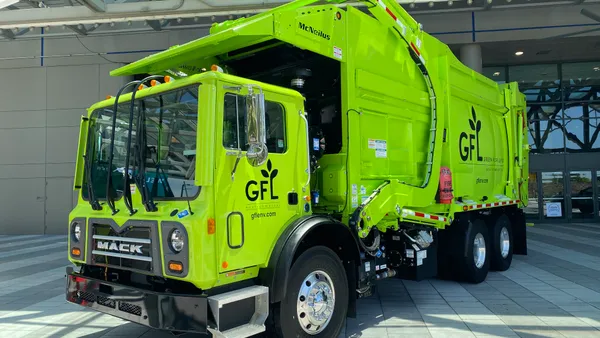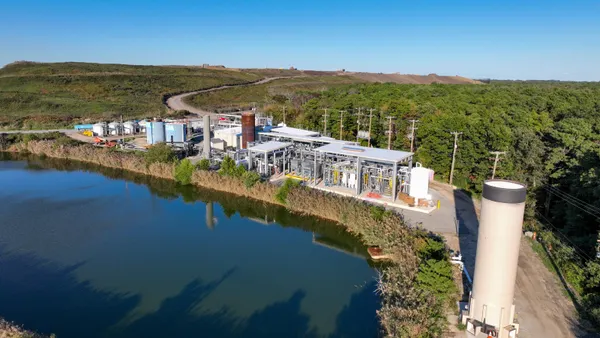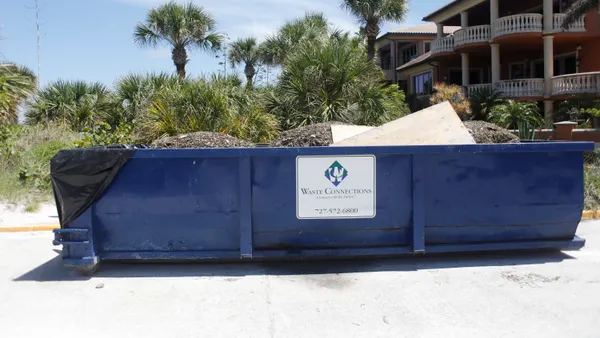Dive Brief:
- A report issued by the Earth Engineering Center of Columbia University illustrates that if the waste brought to landfills annually was diverted instead to waste-to-energy (WTE) facilities, power for 14 million households could be generated. That works out to 12% of residences in the U.S.
- In addition, the study, 2014 Energy and Economic Value of Municipal Solid Waste, Including Non-Recycled Plastics, Currently Landfilled In The 50 States, concludes that greenhouse gas emissions could potentially be reduced by 123 million tons as a result of diversion.
- The data also shows that plastics comprise 11% of the waste stream in the U.S. If all non-recycled plastics were transformed into energy, this would yield almost 6 billion gallons of fuel; this is equivalent to fueling 9 million cars every year.
Dive Insight:
It was noted in the report that if the infrastructure needed for energy recovery in the U.S. was on par with the quantity of facilities in Europe, the current volume of waste in the U.S. could produce heat for 10 million more households.
The global market for WTE is expected to reach $28.6 billion in revenue by 2016.













